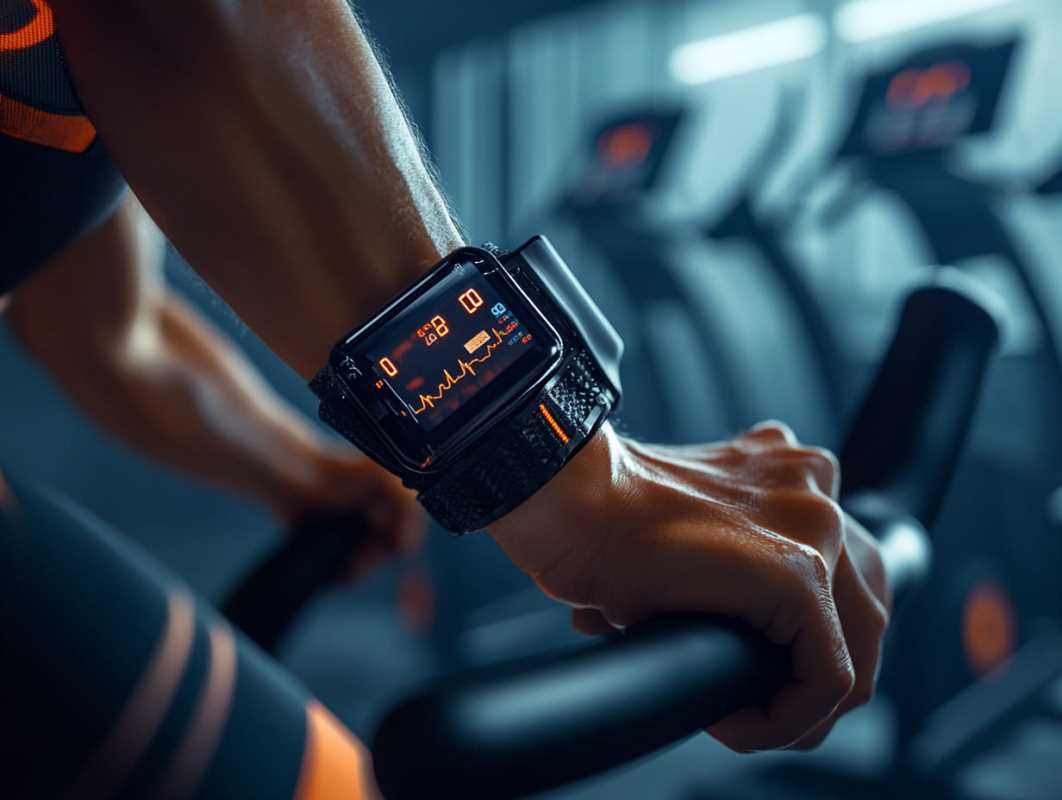Digital tools have revolutionized our approach to health and wellness, offering new ways to enhance our well-being. With technology at our fingertips, we can now track our daily activities, monitor our progress, and even consult with medical professionals without leaving our homes. These advancements empower us to take charge of our health like never before. In an era where technology drives so many aspects of our lives, grasping the potential of these digital innovations is crucial. By integrating these tools into our daily routines, we can navigate our health journeys with greater ease and confidence, paving the way for a healthier future.
Understanding Digital Tools
Digital tools encompass a range of technologies designed to improve health outcomes and streamline wellness practices. These tools use data, connectivity, and automation to provide personalized and efficient solutions. Whether through wearable devices, mobile applications, or artificial intelligence, digital tools reshape the landscape of health and wellness.
By integrating these technologies into daily routines, individuals gain insights into their health patterns, make informed decisions, and maintain motivation. For organizations, digital tools provide the ability to reach a broader audience, offer tailored services, and enhance overall effectiveness in promoting wellness.
The Role of Wearables in Wellness
- Fitness Trackers: Devices like the Fitbit Charge monitor steps, heart rate, and sleep patterns, helping users stay active and identify areas for improvement.
- Smartwatches: The Apple Watch tracks physical activity and offers features like ECG monitoring and fall detection, providing comprehensive health data.
- Smart Clothing: Brands like Nike develop apparel with embedded sensors that track muscle activity and body temperature, offering advanced insights into physical performance.
These wearables offer real-time feedback, making it easier for users to set and achieve fitness goals. The data collected can be shared with healthcare providers, enabling more personalized and effective treatment plans.
Wearables can encourage healthy habits by sending reminders and alerts. For instance, a wearable might prompt you to stand up after sitting for too long or to take a deep breath when stress levels rise, promoting a proactive approach to wellness.
Mobile Apps for Health Monitoring
Mobile applications have become essential tools for managing various aspects of health. Apps like MyFitnessPal help users track their nutrition and exercise, providing insights into calorie intake and expenditure. Similarly, Headspace offers guided meditation and mindfulness exercises, supporting mental well-being through accessible digital means.
These apps often include features such as goal setting, progress tracking, and community support, which boost user engagement and accountability. By customizing the user experience, health monitoring apps cater to individual needs, making it easier for people to maintain healthy lifestyles.
Telemedicine: Bridging the Gap
- Accessibility: Telemedicine allows patients to consult with healthcare providers from the comfort of their homes, reducing the need for travel and making medical advice more accessible.
- Convenience: Scheduling appointments online and having virtual visits save time and fit more easily into busy schedules.
- Resource Efficiency: Telemedicine alleviates the burden on healthcare facilities by managing routine consultations and follow-ups remotely.
- Challenges: Despite its benefits, telemedicine faces hurdles such as ensuring patient privacy, managing technology barriers, and maintaining the quality of care compared to in-person visits.
Telemedicine has become especially vital when in-person visits are challenging, such as during the COVID-19 pandemic. It supports continuity of care and ensures that patients receive timely medical attention without the risks associated with physical consultations.
To maximize its potential, ongoing improvements in technology infrastructure and regulatory frameworks are necessary. Addressing these challenges will help telemedicine become an integral part of the modern healthcare system.
Integrating AI in Health Practices
Artificial Intelligence plays a significant role in improving health practices by enabling more accurate diagnoses, personalized treatment plans, and predictive analytics. AI algorithms analyze vast amounts of data from medical records, genetic information, and wearable devices to identify patterns and insights that might be missed by human practitioners.
For example, AI-powered platforms assist doctors in diagnosing diseases like cancer earlier and more accurately by analyzing medical images with greater precision. AI chatbots provide 24/7 support for mental health, offering resources and guidance when professional help is not immediately available.
Digital change in health and wellness paves the way for a more connected and efficient future. With advancements in wearables, mobile apps, telemedicine, and AI, individuals and healthcare providers can achieve better health outcomes through innovative and accessible solutions.
 (Image source: Midjourney)
(Image source: Midjourney) 





